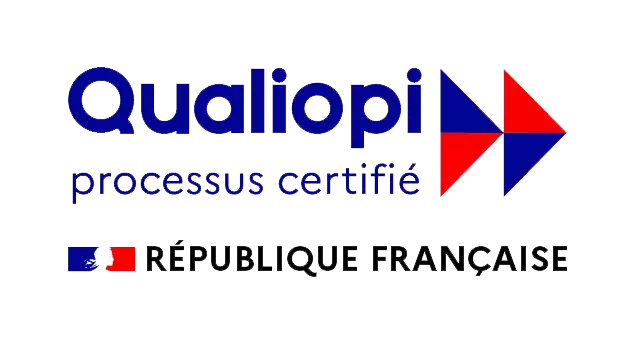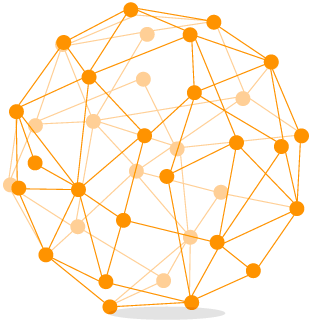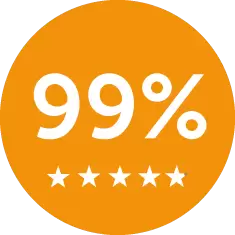
The quality certification was issued under
the following category of actions: Training action

The quality certification was issued under
the following category of actions: Training action

The quality certification was issued under
the following category of actions: Training action

The quality certification was issued under
the following category of actions: Training action


